Last Updated on August 2, 2021
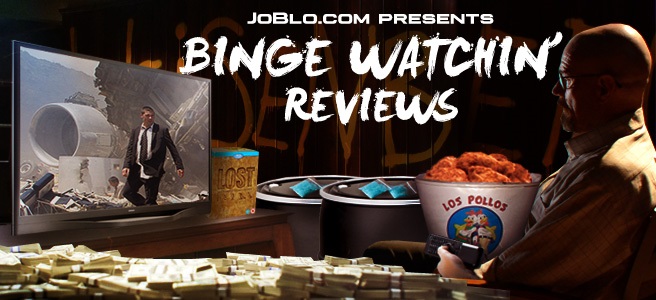
Welcome to Binge Watchin,’ where we take a look at some of the best TV shows available on streaming or disc that have a great catalogue of seasons to jump into and get sucked into the beautiful bliss of binge watching! From crime, action, comedy, drama, animation, etc., we’ll be evaluating an assortment of shows that will hopefully serve as a gateway to your next binge experience.

Series: Miami Vice
Number of Seasons: 5
Where to watch: Netflix, Amazon, and the whole series just got re-released on Blu-ray.
Why should I watch?: It’s tough for me to explain to our younger (under thirty) readers how much of a cultural phenomenon “Miami Vice” was in the eighties. Heck, being born in ’81 I’m probably too young to appreciate it myself, were it not for my love of all things Michael Mann. As we’re currently in the midst of a Golden Age of TV, it’s hard to go back to old shows and really recommend them as, with only a few exceptions, many of them don’t stand up. Even Miami Vice, which ran for five seasons and over one hundred episodes, isn’t really worth a full-on binge watch. Only the highly innovative first two seasons really hold up, with a few good episodes scattered through the third season but not much beyond that.

When the MIAMI VICE film came out, a common complaint was that it departed to significantly from the show. That criticism always bothered me because it was clear that the people who said that either, A) don’t really remember the show, or B) ever actually watched it. Throughout the Michael Mann-controlled first two seasons, “Miami Vice” was a dark, highly nihilistic police procedural. The high level of violence and dark storylines that focused on prostitution and drugs were daring for TV in the mid-eighties, doubly so as it was a time when cable channels like HBO were mostly devoted to showing movies. If you compare Vice to any of its contemporaries, even something as beloved as “Magnum P.I”, those shows seem primitive. “Miami Vice” was of the moment and had an urgency those didn’t have.
The casting helped. Don Johnson became an icon to generations of men for his portrayal of burnt-out Vice cop Sonny Crockett, who sports a rich-man’s wardrobe and drives high-end sports cars to maintain his drug-delaer cover, where he masquerades as Sonny Burnett. His style choices, which included a greasy haired, unshaven look that’s copied to this day (the rationale being that Sonny’s been up all night partying with drug dealers and hasn’t had time to shave), and his trademark designer blazers over casual t-shirts, henleys and the like set the fashion world on fire. At a certain point in the decade, all men dressed like Don Johnson, and the look is instantly identifiable. Looks aside, Johnson’s acting was ferocious, and he dug his sock-less feet into Sonny’s loafers like no one’s business. Always looking like he was a hair away from a total breakdown, Sonny was an emotional, three-dimensional hero that was a far cry from the supermen seen on the big screen back then.

By contrast, co-star Philip Michael Thomas had a less interesting part as Sonny’s more stable partner, Rico Tubbs. Slick and stylish, Tubbs, by virtue of his cool demeanor, always seemed like he had it together and thus he was less interesting to watch. That said, the occasional plotline, such as his ongoing, deadly feud with the drug-dealing Calderone’s, or the fact that almost all of his girlfriends wound-up being murdered, sometimes gave him some heavyweight material to work with. Back when it was on, Thomas was ridiculed for his naïve ego, with him famously saying coining the term EGOT (Emmy, Grammy, Oscar, Tony) saying he’d win all four. Both him and Johnson cut pop albums at the height of their fame. Johnson’s went Gold, Thomas’s…didn’t. Still, he was better on the show than people remember.
The supporting cast was also pretty accomplished, with Michael Tucker and John Diehl (for the first three seasons) serving as the comic relief partners that did Crockett and Tubbs’s dirty work, while Saundra Santiago and Olivia Brown served as the heroes female equivalents, each getting the occasional stand-alone episode to strut their stuff. The best of all was Edward James Olmos, as the stoic Lieutenant Castillo, who was Crockett and Tubbs no-nonsense boss. A popular character in his own right, some of the best episodes were the ones that focused on Castillo’s dark past as a DEA black ops operative working in the Golden Triangle during and after the Vietnam War. Given its reputation, “Miami Vice” could also bank on big guest stars, many of them musicians, with Glenn Frey, Ted Nugent, Miles Davis, Gene Simmons, Willie Nelson, Frank Zappa and Phil Collins each getting a turn to act.
Additionally, what made “Miami Vice” seem so radical was the film-like look, with it being shot on 35MM, with quick-cutting and a pastel color palate highly influenced by MTV. The soundtrack was also something that made this appointment viewing, with each episode being so jampacked with hits, it’s amazing Universal was ever able to clear the music rights for the DVDs. Music was absolutely integral to the show, from the pop hits (like Phil Collins’s ‘In the Air Tonight’ which was famously used in the first episode) to the highly influential synth score by Jan Hammer, who composed the music for every single episode of the first four seasons.

Best Season: Here’s the thing about “Miami Vice”, only the first two seasons are really good. Michael Mann was originally the executive producer and showrunner, and while he kept his name attached to the entire run of the show, he stepped-back after season two to concentrate on his other show, “Crime Story” and feature films (notice how many supporting actors from Vice ended up in MANHUNTER) and the show suffered for it. Dick Wolf (“Law & Order) took over in season three, and the vibe of the show immediately changed, with the pastel colors being ditched for a more New Wave look. The same thing happened with the music, and as cool as it might have been to hear bands like Depeche Mode and The Damned on network TV in the mid-eighties, it just didn’t really suit the pop aesthetic of the show. Nevertheless, season three has some great episodes, including a really good one called “Theresa” where Crockett falls in-love with a heroin addicted doctor (played by a nineteen year old Helena Bonham Carter). Season four attempted to win back fans by going lite, but by that point the show had run its course, and season five (which lost Jam Hammer as the composer) is almost unwatchable, save for the not-bad series finale.

That leaves seasons one and two. While Vice took a while to get going, there’s a sweet spot that goes from about a third of the way into the season that makes it the best by far, as that’s when Mann was the most involved creatively. In fact, a season one episode, “Smuggler’s Blues” (which famously co-starred Glenn Frey) served as the basis for the feature film. Some of the episodes here are amazing, such as “No Exit”, with Bruce Willis as the sadistic baddie, “Golden Triangle Pt 1 & 2”, which zeroes-in on Castillo, “Rites of Passage”, with Pam Grier as Tubbs’s on-again/off-again love interest, who fights to save her sister from a pimp played by John Turturro, “Lombard” with Dennis Farina (which is like an audition for “Crime Story”/ MANHUNTER) and the terrific “Evan”, with its unforgettable use of songs by Peter Gabriel to tell the tragic story of Crockett’s ex-partner who’s now “in too deep.”
Season two is more inconsistent than the first, as by this time Johnson was a superstar and the show became as cash-cow, which is not always the best vessel for creativity. Still, the season premiere, “The Prodigal Son” is nearly feature quality, while other episodes like “Out Where the Buses Don’t Run” (featuring an unforgettable Bruce McGill performance as an unhinged ex-cop) and “Bushido”, a Castillo-centered episode co-starring Dean Stockwell as a former friend-turned-enemy, rank among the best ever. Given that the show was only lightly serialized, you can pretty much watch any episode at random and it still works, but stick to S1, 2 and 3 and leave 4&5 alone unless you become a die-hard fan.

Final Thoughts: I wouldn’t say “Miami Vice” is on-par with the best cable dramas, but as far as network TV goes it remains one of the best shows of its kind ever made. Several episodes are perfect little mini-movies, and the iconic clothes, music and performances make this a vital piece of eighties nostalgia and a trip well-worth taking, especially for curious Michael Mann fans. LONG LIVE DON JOHNSON!


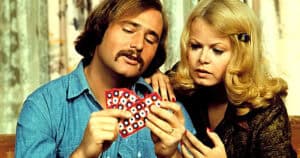
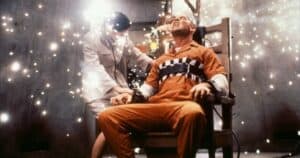
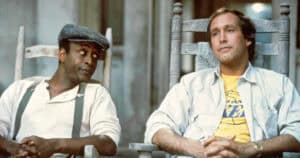
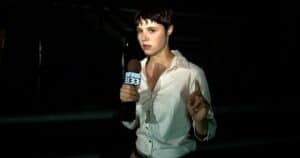
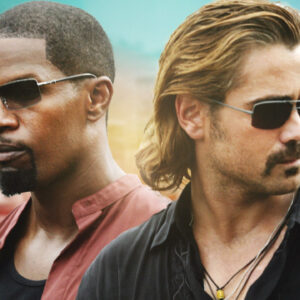
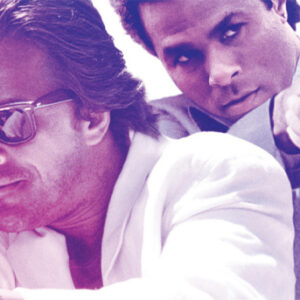


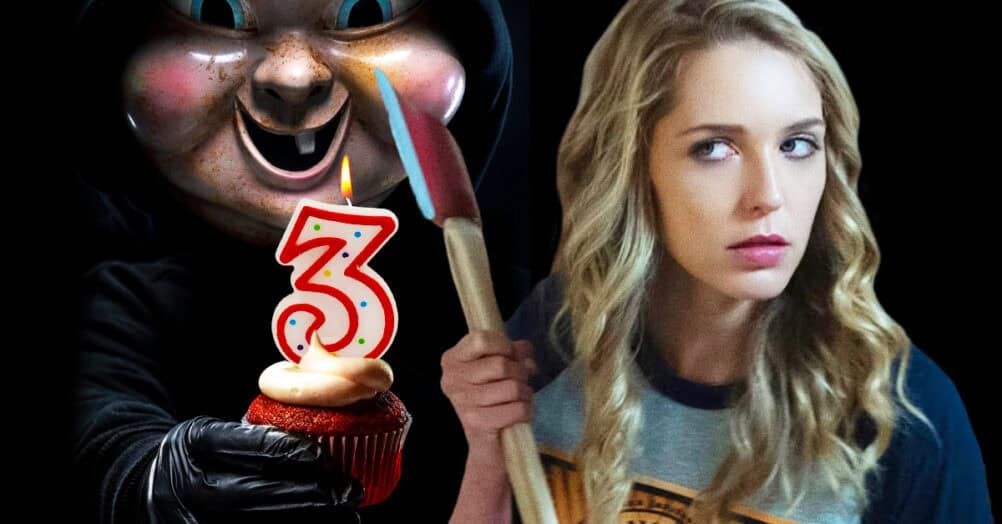
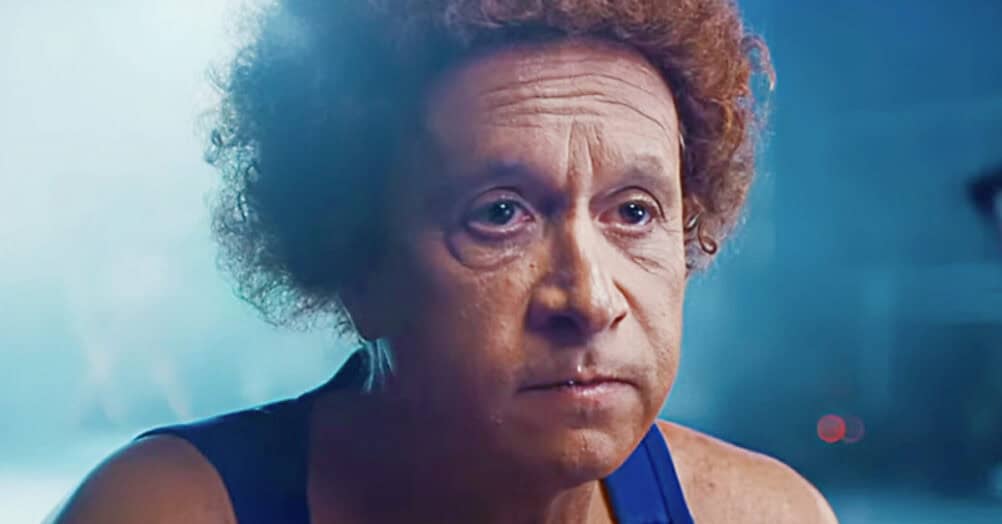
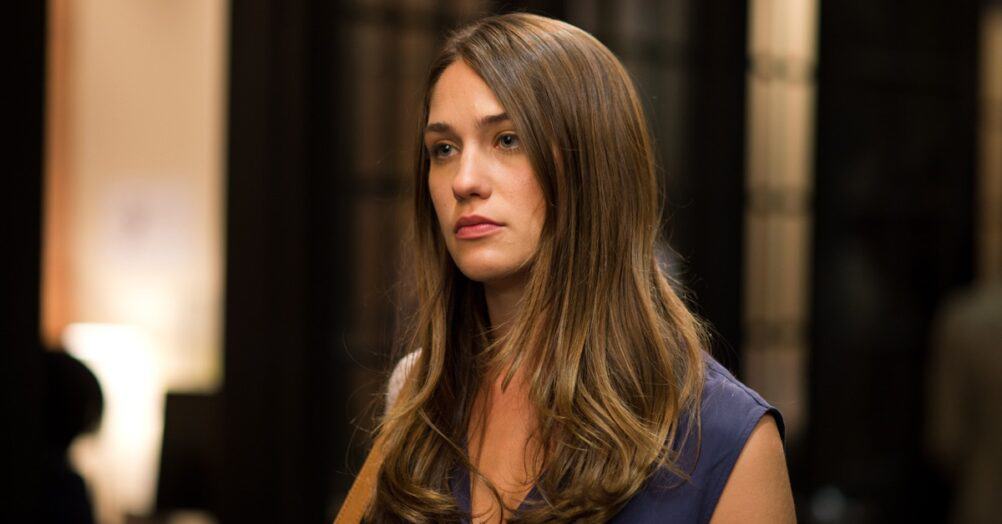
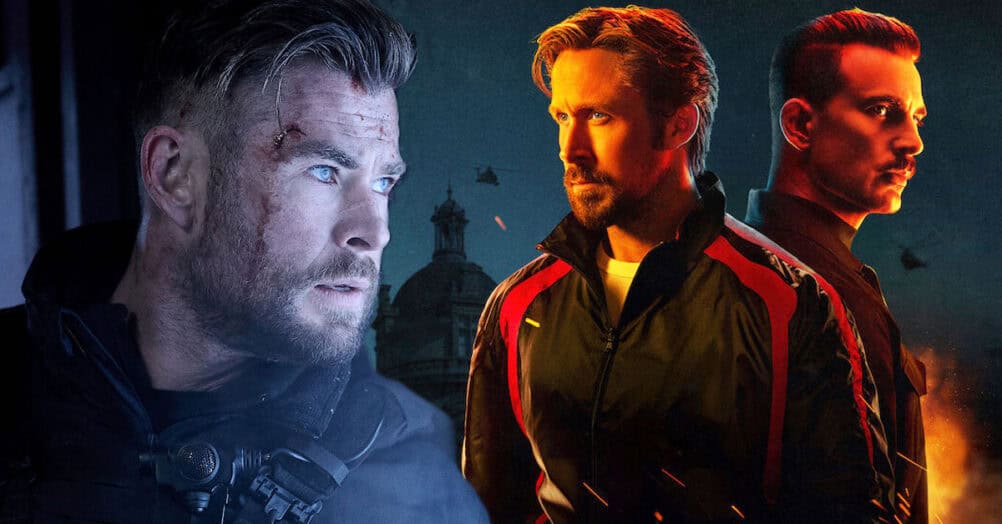
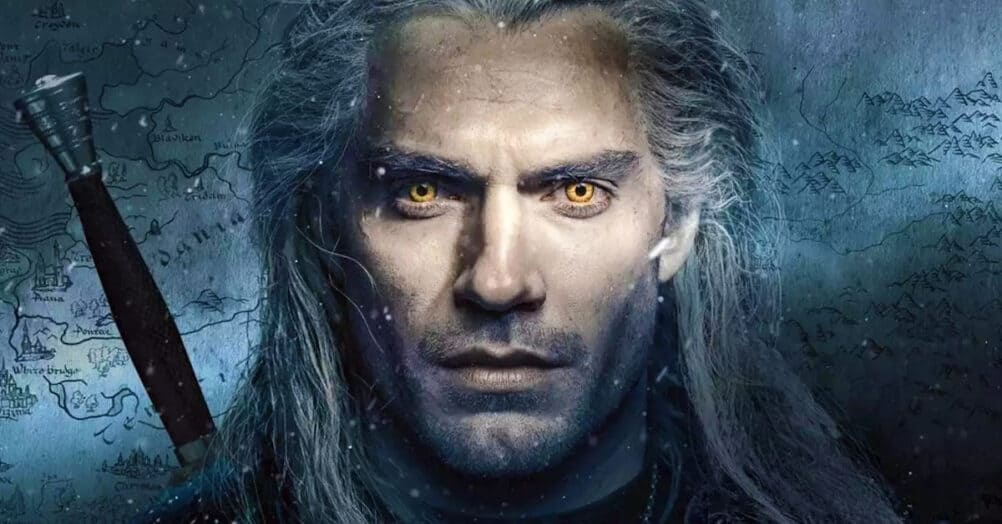
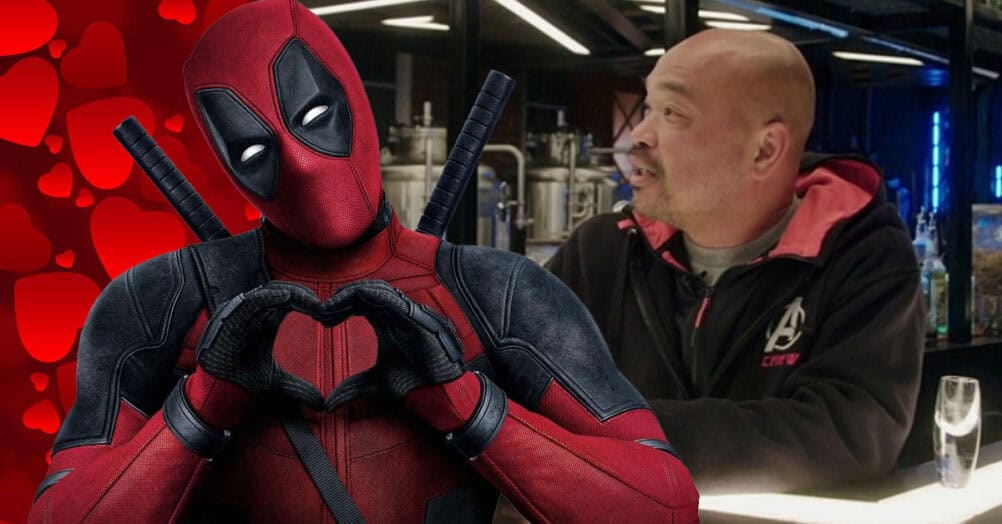
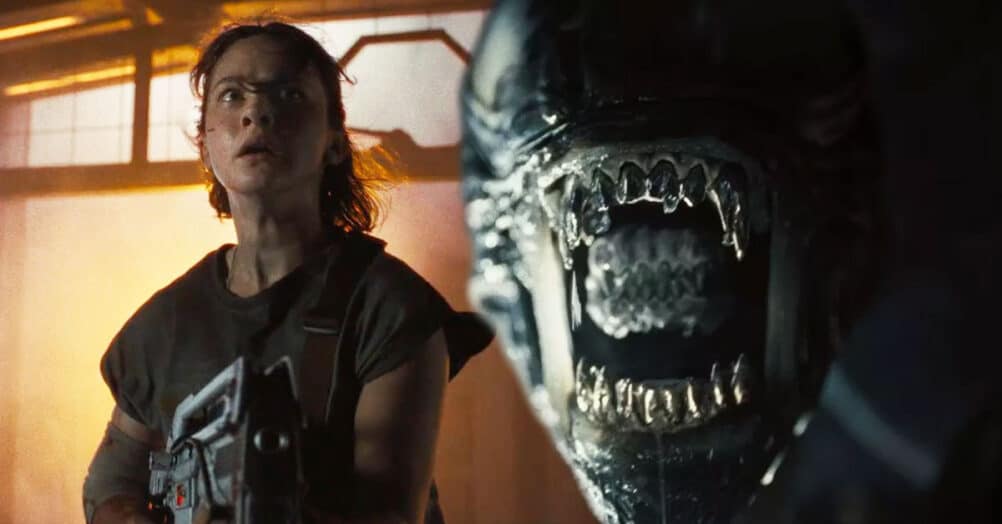
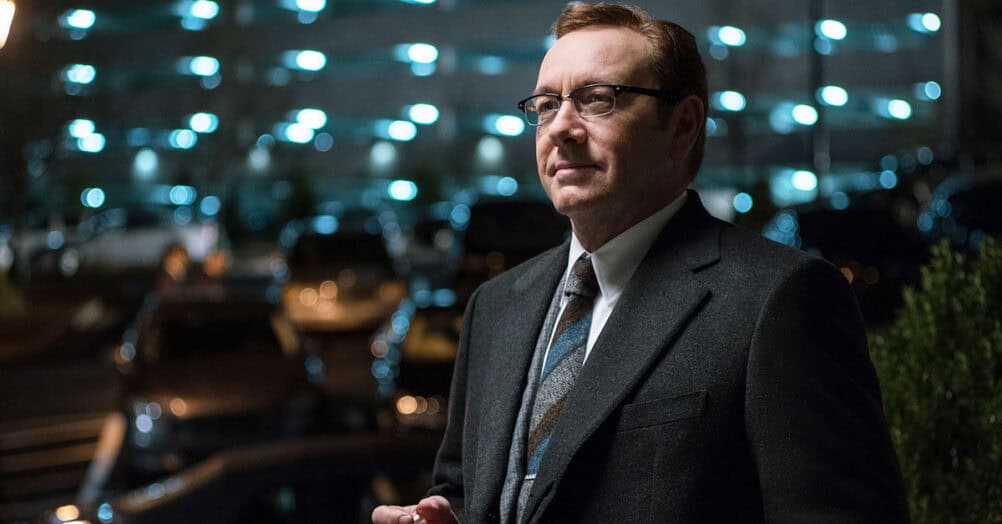

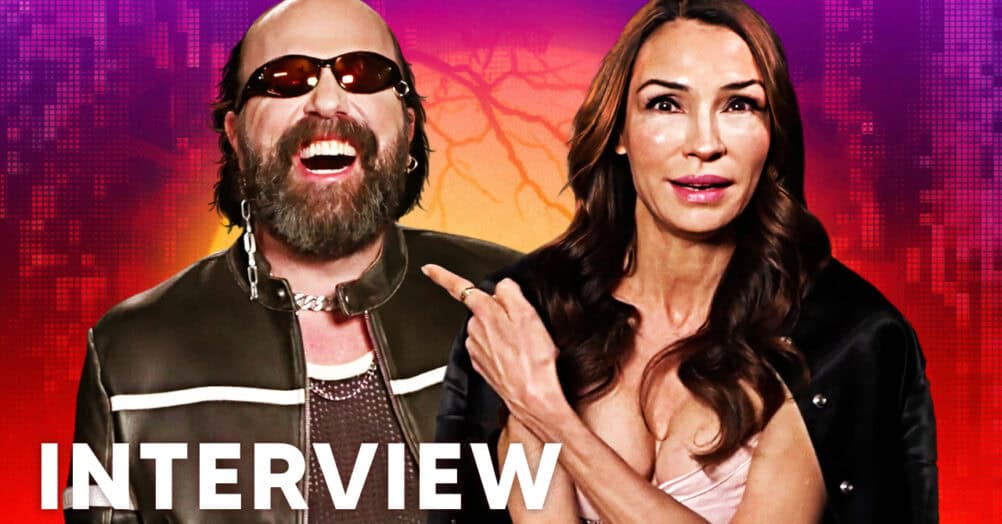
Follow the JOBLO MOVIE NETWORK
Follow us on YOUTUBE
Follow ARROW IN THE HEAD
Follow AITH on YOUTUBE